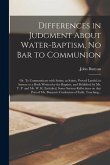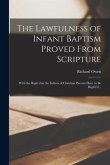Originally a pamphlet published in 1853, The Two Babylons is Hislop's most famous work. In this book he argues that the Roman Catholic Church is nothing more than pagan cult, with roots in Babylonian mystery cults, which have a bank of secret knowledge only available to those who have been formally accepted into the cult. Roman Catholics, Hislop argues, are descendants from early Christians who adopted the Roman religion descended from the worship of Semiramis, the wife of the founder of Babylon. By discrediting the true Christianity of Catholics, Hislop hoped to bolster the legitimacy of the Protestant and Scottish Reformations. Students of theology and those interested in the complex history of Christianity will find Hislop's arguments provocative enough that they may be moved to further research of their own. Scottish minister ALEXANDER HISLOP (1807-1865) became an ordained clergymen in the Free Church of Scotland in 1844. As a Presbyterian minister, Hislop was famously critical of

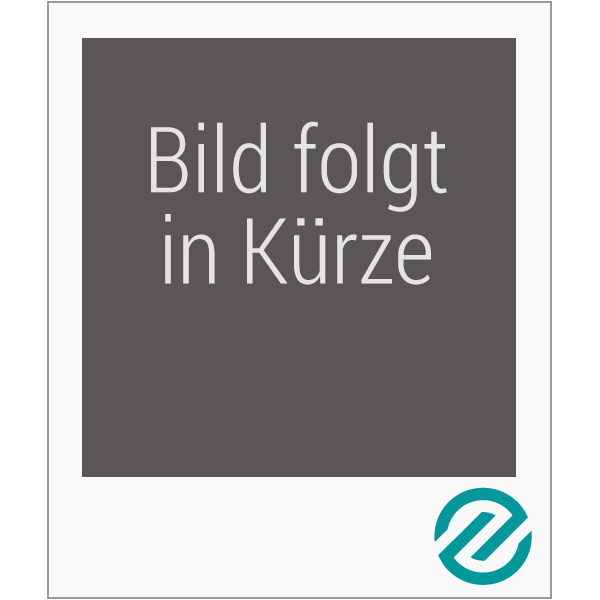
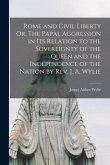
![Father Murphy's Reply to the Witness Correspondence Evoked by His Defence of Papal Infallibility [microform]: a Lecture Delivered in the Mechanics' Ha Father Murphy's Reply to the Witness Correspondence Evoked by His Defence of Papal Infallibility [microform]: a Lecture Delivered in the Mechanics' Ha](https://bilder.buecher.de/produkte/66/66164/66164522m.jpg)

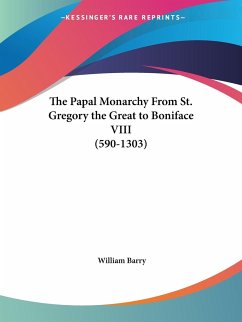
![The Book of Mormon Proved to Be a Fraud and Latter Day Saints Shown to Be Building Upon a False Foundation [microform] The Book of Mormon Proved to Be a Fraud and Latter Day Saints Shown to Be Building Upon a False Foundation [microform]](https://bilder.buecher.de/produkte/66/66138/66138929m.jpg)
